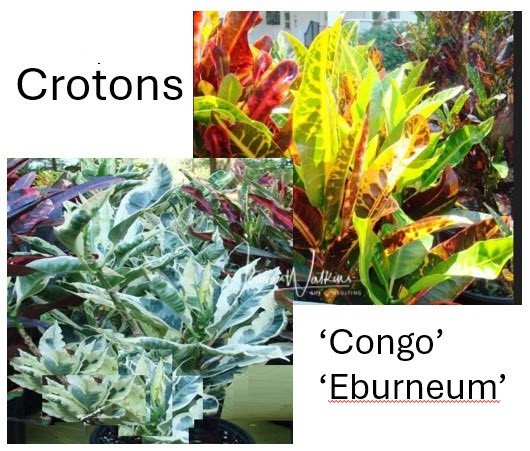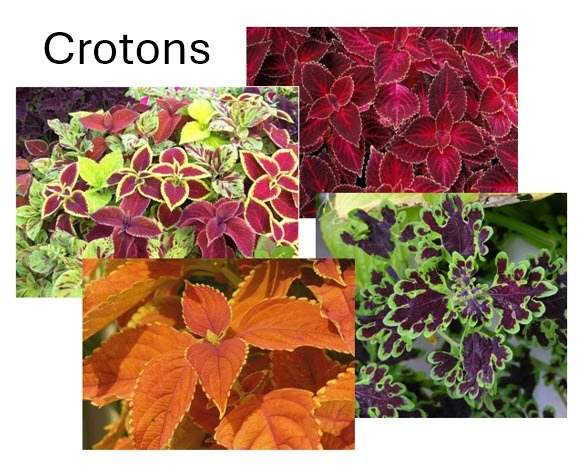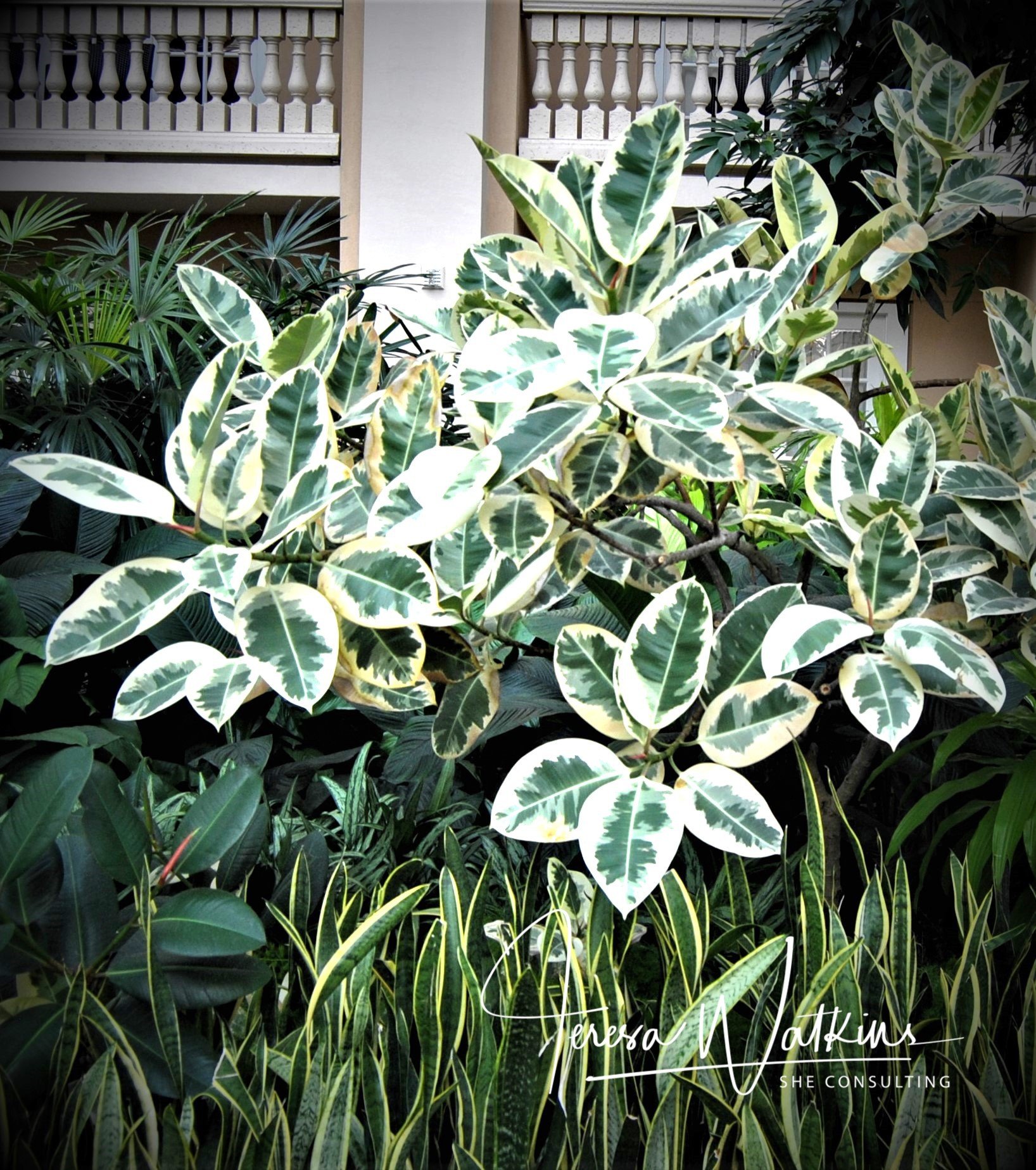Growing up in the 50’s and 60’s my idea of bare-bottom was the Coppertone advertisements of its sunscreen lotion. A frisky puppy tugging at a baby’s diaper displayed on billboards and magazines, bare-bottom became synonymous with nostalgic Florida beaches. It became an iconic symbol selling millions of dollars in suntan products.
Back to the future in the 21st century, a frequent public display of landscape malpractice is what I call “bare-bottom syndrome.” It’s when landscape maintenance companies or homeowners, especially ISTJ and ESTJ personalities, engineers, or linear thinkers, use their pruning tools to cut straight down the sides and tops of shrubs. They look perfectly neat and straight… for a while.
After one to two years of cutting the branches and leaves with straight lines prevents the shrub from receiving adequate sunlight to the bottom of the plant. This causes the plant to drop its leaves, resulting in a bare bottom with a V-shaped shrub. Leaves only at the top of the plant and no privacy.
To prevent losing your foliage, cutting shrubs with a slight angle outward at the bottom will enable the plant to keep bottom branches growing leaves.
Rejuvenate improperly cut shrubs in stages, prune the tops first so that the area is smaller than the rest of the shrub. Allow sides to grow out. Prune thereafter at a slight 80⸰ angle allowing the bottom to be larger than the top of the shrub.
Pruning your shrub correctly without bare-bottom syndrome, you won’t need to have nostalgia remembering what your plants looked like when you first installed them. Your hedge will stay full and dense with plenty of leaves at the bottom. .
See the graphic for correct angle.







